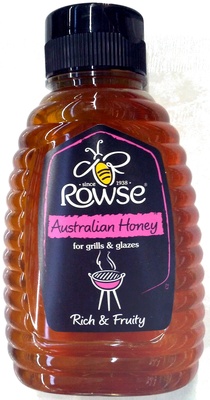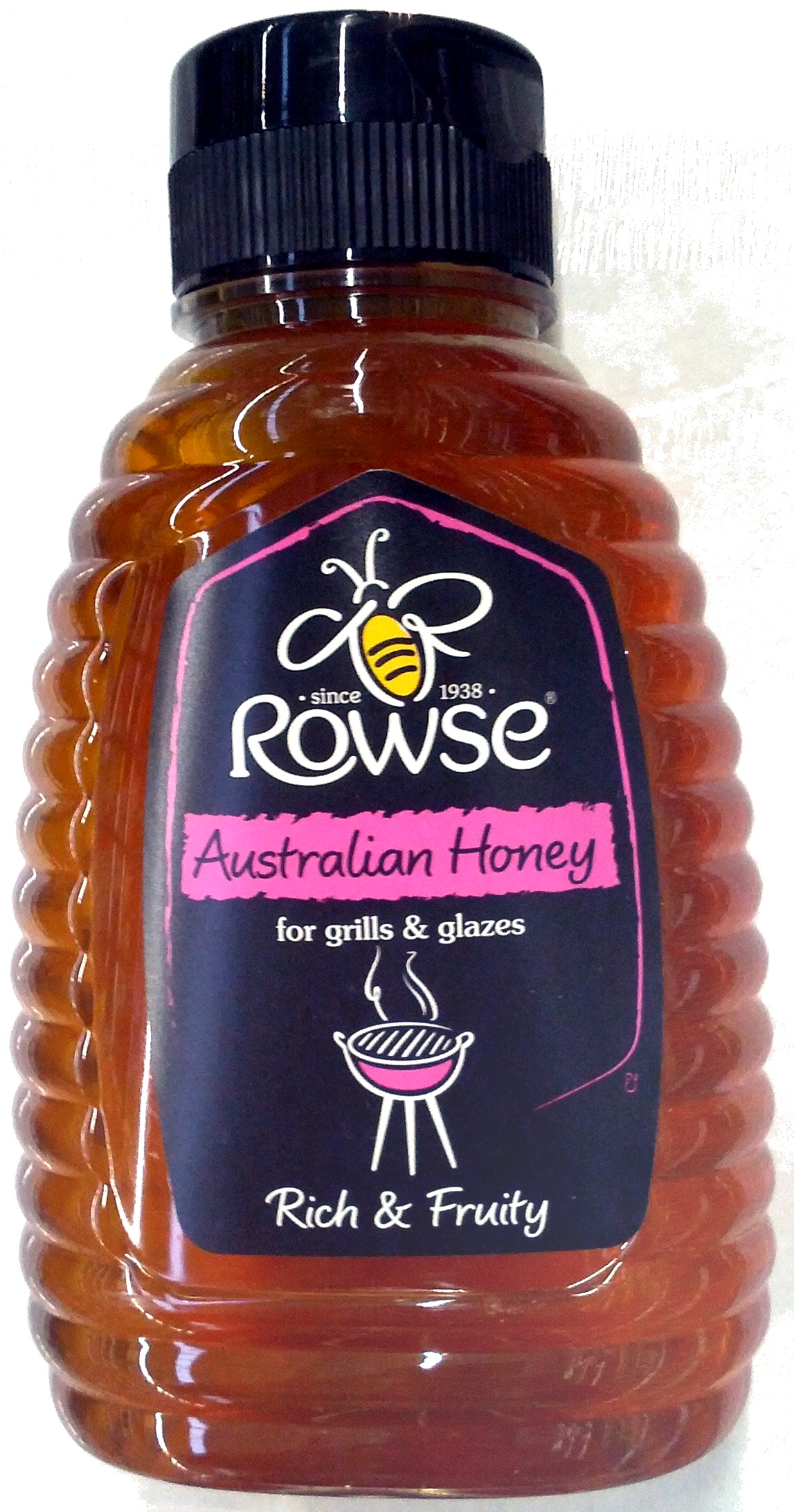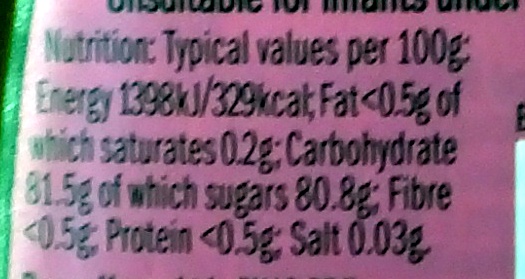Australian honey - Rowse - 250 g
This product page is not complete. You can help to complete it by editing it and adding more data from the photos we have, or by taking more photos using the app for Android or iPhone/iPad. Thank you!
×
Barcode: 5011273000364 (EAN / EAN-13)
Quantity: 250 g
Packaging: Bottle - plastic
Brands: Rowse
Categories: Breakfasts, Spreads, Sweet spreads, Bee products, Farming products, Sweeteners, Honeys
Origin of ingredients: Australia
Manufacturing or processing places: United Kingdom
Stores: Asda
Countries where sold: France, United Kingdom
Matching with your preferences
Environment
Carbon footprint
Packaging
Transportation
Report a problem
Data sources
Product added on by tacinte
Last edit of product page on by packbot.
Product page also edited by kiliweb, openfoodfacts-contributors, yuka.UzU4OE8vVVRvUFlydGZFazVCbjd4dUpSL0krM0JsTHJFY015SVE9PQ, yukafix.
If the data is incomplete or incorrect, you can complete or correct it by editing this page.










